In all the time I’ve been traveling and snorkeling wherever I can, I’ve seen too many people sticking their hooves in the coral, too many silly photos of animals being pulled out of the water or chased, and way more filth than I can handle.
And after getting very angry with humanity, I decided to channel that anger and use the energy to write an article, which I hope will be useful. If there is one thing I have learned, it is that nothing should be taken for granted, and, after realizing that not everyone leaves home with the same amount of information, I compiled all this for anyone interested in traveling without a trace.
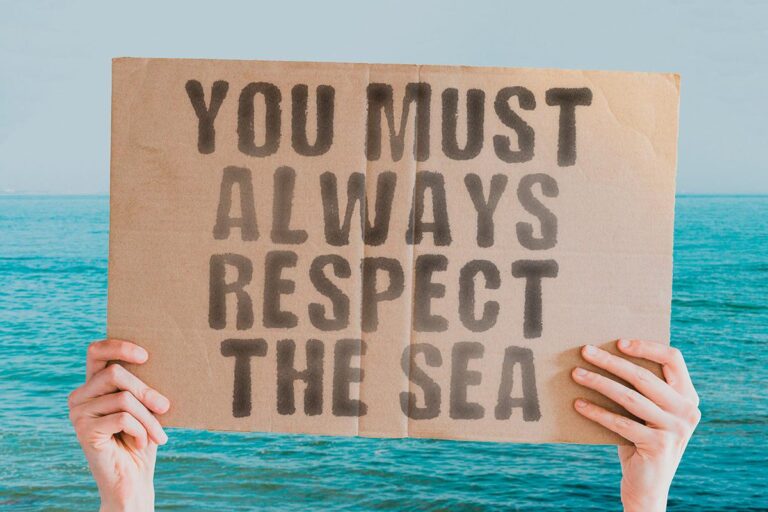
If you are a diver, I am probably not going to tell you anything new, you already know that this is our daily bread. But if you are planning a trip that may include the option of snorkeling and you do not want your presence to have a negative impact on the ecosystem, you may be interested in what I am going to tell you, what I have learned is responsible diving (with or without a tank).
I remember the feeling I had the first time I snorkelled in the Andaman Sea, or what I felt on my first scuba dive in Koh Tao. Despite having seen documentaries and thousands of images on television before, I felt as if I had suddenly found myself on another planet, one where its inhabitants were curious fish, corals, jellyfish and other beings that we do not see on the surface.
The best of all was to discover that the anxiety I felt before diving for the first time, that fear of the inhabitants of this “new world”, disappeared. No one seemed to want to get rid of me from their territory with bites from enormous jaws or deadly poisons.
Contrary to what an unfounded fear made me think, the animals I was discovering tolerated me: if I respected them, they let me enjoy their home.
Little by little, I discovered the names of these colorful little animals and the ways in which coral is able to surprise us. I learned to differentiate them and, on subsequent trips and other dives, I came across species that I was more excited to see: starfish, reef sharks, snakes, moray eels, rays, turtles… oh, the turtles!
Exploring the seabed is a fascinating activity, and for many it is also a disturbing one. The simple act of putting on diving goggles and looking at what is under the water reveals a whole new world of colors and unknown forms of life.
However, over time I have realized that the respect I was talking about is not always mutual, because on the part of humans, too often due to ignorance and sometimes due to egocentrism, there is sometimes no cordial relationship.
There are people pulling starfish out of the water, feet stepping on (or rather, kicking) coral, very unsustainable activities such as “fish feeding”, disrespectful sightings, not to mention the recent trend of bringing animals to the surface to take a damn photo at the cost of their lives…
These are just some examples of what we do wrong. The sea has rules and if we want to continue enjoying it we have to follow them.
Without a doubt, the first rule underwater is not to touch anything: leave everything as it is and above all, do not take anything home.
Don’t touch the fish! “Some marine animals have a protective layer that is removed upon contact, exposing them to parasites and infections. Touching or “playing” with them also stresses and scares them, and ruins the dive for your companions who have come down to observe marine life.”
Coral is a “small invertebrate animal that lives fixed to the seabed, forming colonies of millions of individuals joined together by calcareous skeletons”. It is not a plant, it is not a rock, and, unfortunately, it is not indestructible either. The importance of reefs lies in the fact that, in addition to being home to many organisms, they moderate the power of marine currents, protect coasts from erosion and waves, the algae that inhabit them generate oxygen and they are also a source of income that attracts tourists eager to dive and discover the seabed.
“Coral reefs are among the most productive ecosystems and are notable for their wide diversity, comparable only to tropical forests. They have the ability to grow in nutrient-poor waters, yet provide shelter for communities of algae, fish and invertebrates in waters that would otherwise be deserted.” (Ecosystems)
Maria, from Millas y Orillas, also tells us that corals are the basis of marine biodiversity: “they only cover 0.1% of the total surface of the ocean, but they are the habitat of 25% of marine species.”
We can then conclude that reefs are of vital importance, don’t you think?
However, it is such a delicate animal that even touching it can cause fatal injuries. A stomp or a blow with a fin would kill the polyps, which are the individuals that form these colonies, and in a second we destroy something that has taken years to form.
Therefore: don’t touch it, don’t step on it, don’t brush against it, don’t hit it with your fins, don’t stand on it and under no circumstances pull it out. And if you can’t swim well, don’t go near it.
Tourism can sometimes be very dangerous: “Unsustainable tourism takes many forms; resorts, recreational activities and tourists can damage reefs. Resorts sometimes discharge treated wastewater near coral or introduce it into groundwater wells.
Wastewater can leak through wells into the ocean. This water contains high levels of nutrients, which cause algae to bloom and suffocate coral.
Tour boats drop anchor on coral or interfere with marine mammals or other wildlife, and can affect the reef ecosystem as well.
Tourists who pick up, hit or walk on coral can destroy coral habitat and disturb sediment, affecting water quality. And by purchasing jewelry or other souvenirs made from coral or marine life, consumers are contributing to coral destruction.”
But it’s not just direct contact with corals that is killing them: pollution, poor fishing practices and the increase in greenhouse gasses that cause ocean acidification are also destroying reefs. Here you can read about 5 daily threats that corals suffer.
Global warming has already bleached two-thirds of the Great Barrier Reef: “Coral bleaching typically occurs when pollutants, excess sunlight or unusually warm waters cause corals to expel symbiotic algae from their tissues, turning them white.”
Coral bleaching is a natural stress response in corals that causes them to expel their symbiotic zooxanthellae (the algae) in large numbers, losing their natural color and exposing the underlying white calcium carbonate skeleton. Symbiotic zooxanthellae in coral tissue provide their host with 90% of its food source.
In return, corals provide shelter for microscopic algae. “By losing their main food source, bleached corals become more susceptible to disease and death,” says Maria Marcos, marine biologist.
The conclusion is that you have to be respectful of the seabed even from outside the water. Do you dare to make a change towards a more sustainable life?
Turtles are one of the most wonderful animals I have ever encountered while snorkeling; watching them eating or swimming is fascinating, because they are so beautiful and hypnotic.
What you need to do if you are lucky enough to find one is to respect its space, not scare it, not chase it, avoid making it feel cornered and never, under any circumstances, touch it (it’s better not to pester them). Remember that turtles need air to breathe, so it goes without saying that picking them up or riding them could prevent them from reaching the surface.
As always, Faada Responsible Tourism gives us a lot of information about this.
This fish, whose defense mechanism makes it so peculiar, swells up and takes the shape of a balloon when it feels threatened. To achieve this shape, it fills itself with water (or air if it is taken out of the water), so that its prey cannot ingest it.
Therefore, if it does this when it flees, it is a stressful situation for the animal. What is the point of scaring it? But the worst of all is that, due to the enormous effort they make each time they inflate and deflate, the fish weakens.
Starfish are one of the species most affected in this regard. You are probably tired of seeing images of people who do not hesitate to take them out of the water to take photos with them. We know, they are very pretty and very photogenic, but you should not touch them. Maria gives us the reasons in the article she wrote for her section of the Natural Route in conmochila: Why You Should not Touch and Take Starfish Out of the Water?
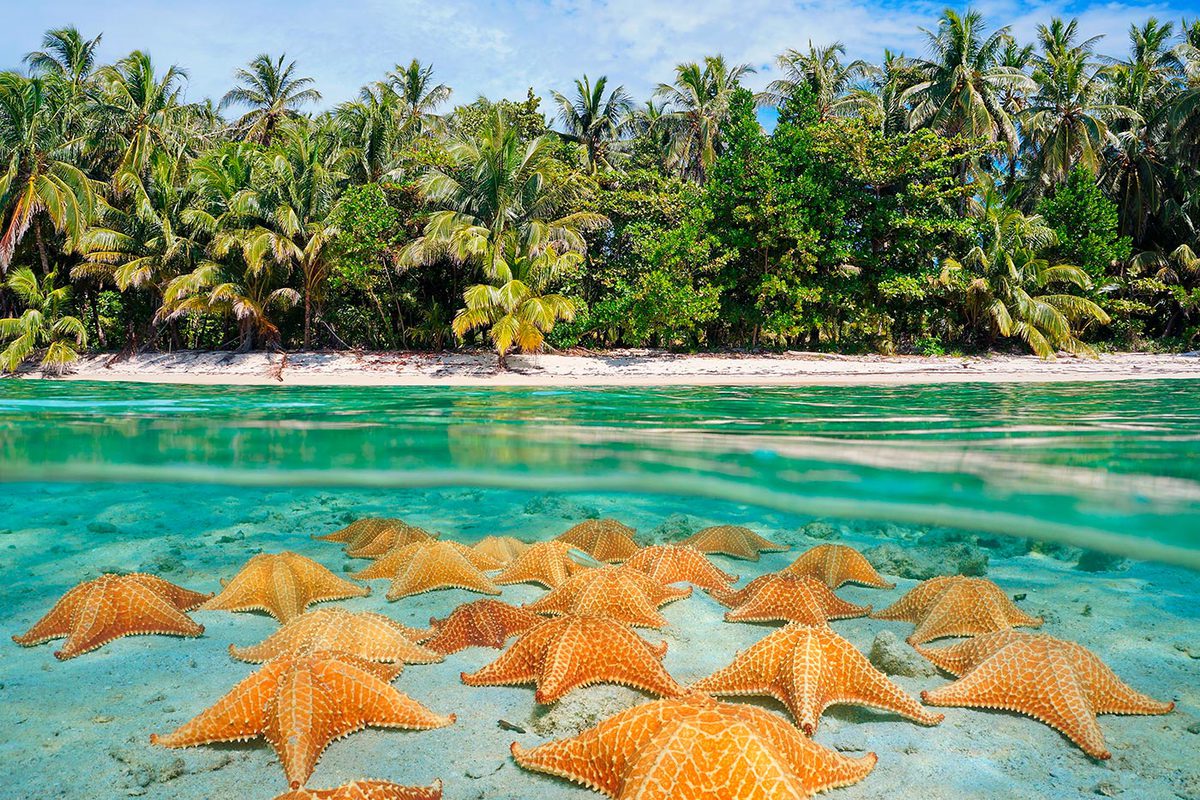
But the list of animals that are always bothered by people is endless: irresponsible divers who catch rays to photograph themselves or whatever else they have yet to see, people who bring dolphins and sharks to the surface to take a photo, resulting in the death of the specimens. Are we crazy or what?
If you don’t do it out of respect for other people’s lives, at least do it for yourself. There are poisonous animals and others that can attack if they feel threatened. Not to mention the coral, which cuts like a knife. Don’t take any risks and leave the fauna alone.
This one is obvious: leave no trace, take your trash with you. Not only because of trash, but because it directly affects animals: they can ingest it (by accident or by confusing it with food, as happens to turtles with plastic bags, because they look like jellyfish) or they can get trapped in it. In addition, water pollution negatively affects their health and yours. Once again, if you don’t do it for other species, do it for yourself.
If you smoke on the boat, don’t throw your cigarette butt overboard, and if you’re carrying a plastic bag, keep it until you get back to dry land, so it doesn’t go flying and ends up in some animal’s stomach. It seems silly that at this point we still have to say this, right?
But if we were all so clear about this, we wouldn’t keep finding rubbish in the sea. Yes, I know that this rubbish often comes from land, so it’s worth bearing this in mind in and out of the water: and remember that, when traveling we can also minimize our environmental impact by reducing waste as much as possible. “Travel Without Leaving a Trace: Reduce your Impact.” (coming soon)
By the way, cigarette butts thrown on the ground in the street can also end up in the sea via the sewer system. Did you know that they are considered toxic plastic pollution? “…cigarette butts inhibit plant growth. They also routinely get into waterways, and eventually oceans.”
There is another type of waste that we are less aware of that we are leaving in the sea and it is the cosmetic products that we carry around with us (and those that we use daily in our homes and end up in the water). Many of the hygiene or beauty products that we use contain microplastics (Did you know that many of your cosmetics contain them?), particles of less than a millimeter that, as they tell us in this article from Living without plastic:
“Plankton, fish and other marine animals end up ingesting them because they mistake them for food. The big fish eat the small ones and so these particles pass from one to the other. And not only do they ingest them, but because they are so small they can also pass through the gills (…) This also affects us directly because, if you eat fish, many of these microparticles can end up on your plate.”
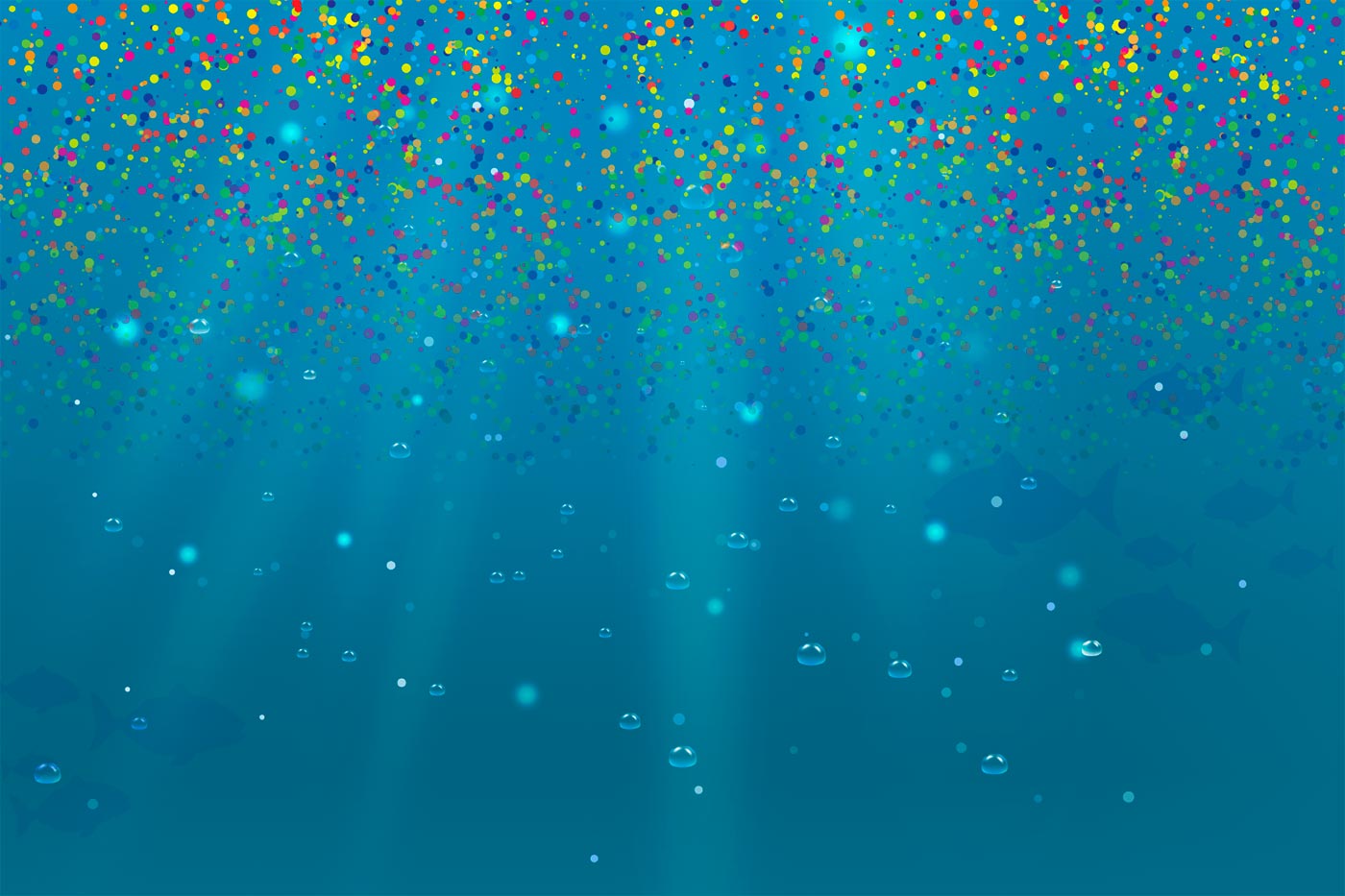
According to a report from Carro de Combate, these microplastics are believed to be able to damage the endocrine system of species that ingest them, including humans.
These microplastics are found in items such as deodorants, sunscreens, anti-age creams, moisturizers, mosquito repellents, lipsticks, etc. The solution is as simple as avoiding them, because there are always alternatives.
To help you identify them on labels, microplastics or microbeads may appear under the following names: polyethylene (Polyethylene: PE), polypropylene (polypropylene: PP), polyethylene glycol (PEG followed by a number), polymethyl methacrylate (PMMA) and polyethylene terephthalate (PET).
Beat the microbead is an app that allows users to scan personal care products in Spanish supermarkets. The app detects the presence of plastic microparticles in these products.
But I want to talk to you more specifically about sunscreens, which are the ones we use most on the beach. The problem with these creams is that they contain parabens and chemical filters that are harmful to some marine species, such as corals. Scientific research has concluded that these ingredients cause the death of coral (activating latent viral infections) and play an important role in its bleaching.
Here are the links to the conclusions of two investigations:
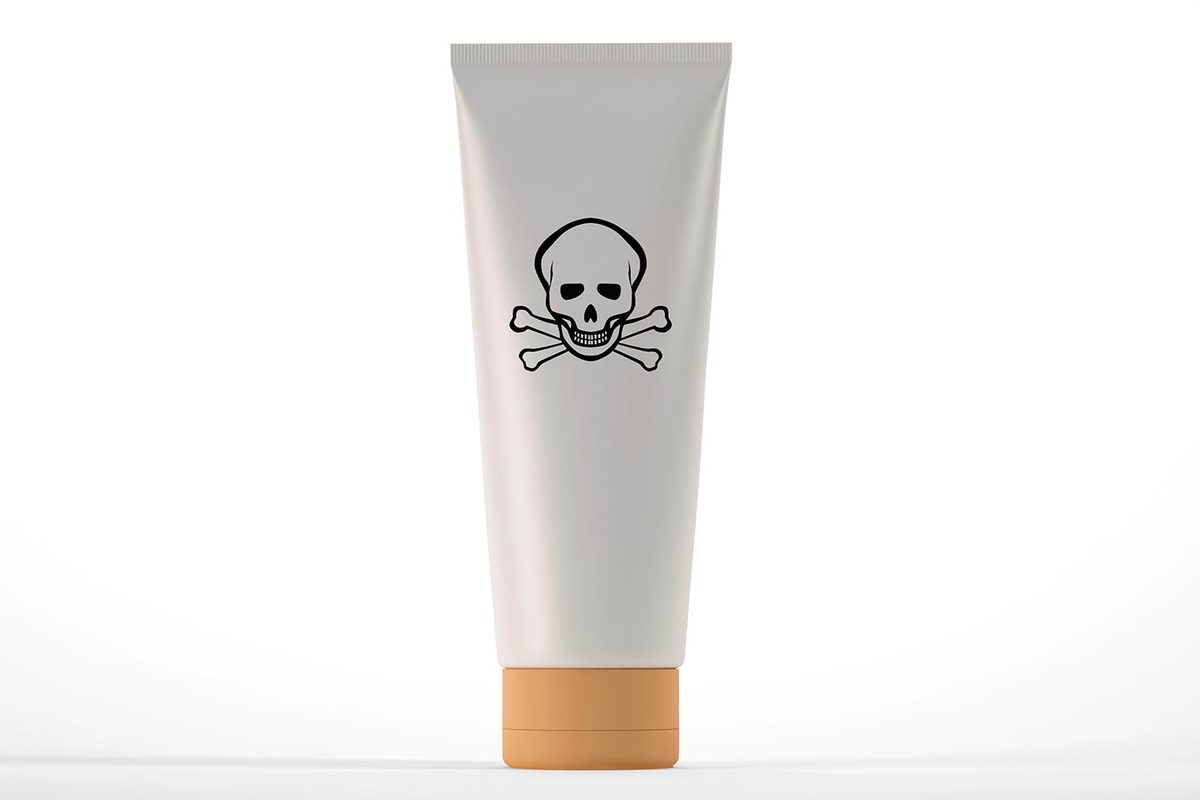
Skincare Chemicals and Coral Reefs: “Research shows that some of the chemicals found in sunscreen and other personal health products also threaten the health of coral reefs.”
“Oxybenzone, or BP-3, is found in more than 3,500 skin care products worldwide for protection against the sun’s harmful effects. This compound has major ”
“The study, …, showed four major toxic effects in early, developing coral: increased susceptibility to bleaching; DNA damage (genotoxicity); abnormal skeleton growth (via endocrine disruption); and gross deformities of baby coral.”
I understand that the amount of sunscreen we carry may seem minimal compared to the shit that reaches the sea, but every drop and every gesture counts.
There are more and more sunscreen brands on the market trying to do things better, but as always you have to look closely at the labels and not trust what is written on the front, but on the back and read the ingredients.
Don’t be fooled, just because they say they are environmentally friendly doesn’t mean that they are (watch out for greenwashing! There are usually no creams on supermarket shelves that are safe), just as being biodegradable doesn’t make it harmless, because, even if it ends up degrading, it can last long enough to cause damage.
It is best to look at the composition of the cream and avoid ingredients that cause damage to coral and the marine environment.
List of components that are damaging the ocean in these articles from Marinesafe.org and NOAA.
As I have already said, luckily you can now find more environmentally friendly creams with more sustainable packaging. I am sharing this article from the guys at “Vivir sin plástico”, who have put together this Comparison of plastic-free sun creams.
Finally, remember that you will always have the option of clothing, as you can wear t-shirts or neoprene clothing to protect yourself from the sun.
Articles related to the damage sunscreens cause to coral:
Remember: “TAKE NOTHING BUT PICTURES, LEAVE NOTHING BUT BUBBLES, DO NOTHING BUT DIVE”.
I’m sure that, when you’re out hiking, you’ve seen a sign in the middle of nature that says “Do not feed wildlife”. Animals in the wild don’t eat bread or muffins, and they don’t drink bottled water or juice from a carton. Animals hunt, eat fruit, grass or insects depending on their diet, but what they don’t eat, or shouldn’t eat, is processed food.
Giving them food that is not part of their diet negatively affects their health and, even if it were food that they normally eat, giving it to them changes their habits, making them dependent on humans (and therefore more susceptible). In addition to the danger that this implies, when larger animals associate people with food, sometimes may cause attacks, as you can see in this video.
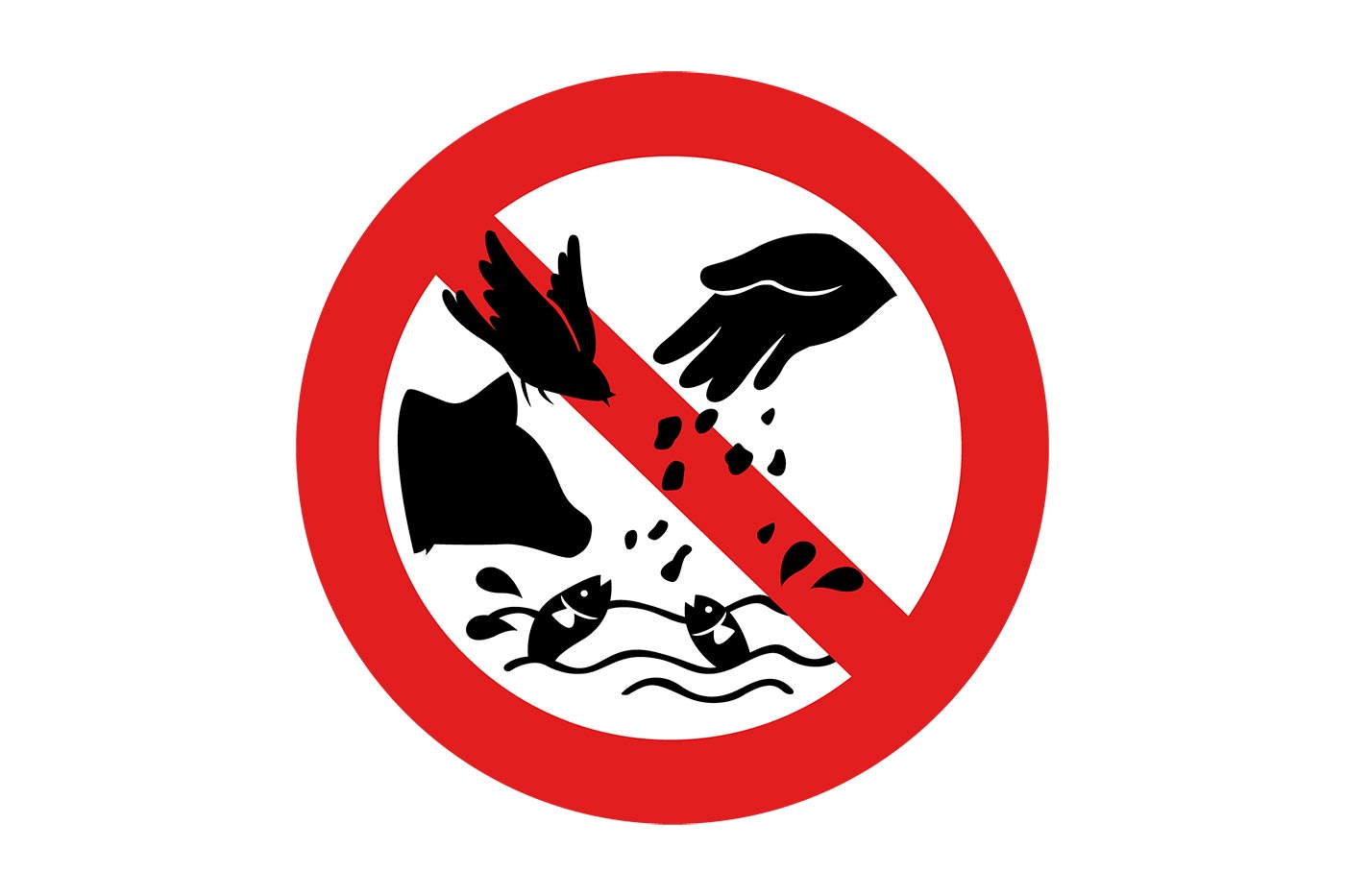
The same thing happens with marine animals: there is no fish in the world that includes bread in its diet… Why do we insist on the contrary? Yes, I know that fish come closer to the boat if we throw bread crumbs, making it easier to see them, and that, if the whale shark were not unnaturally restrained with food, they would continue to be happy with their life and we would not have a 100% guarantee of seeing them, but… that is what happens with wild fauna, it is free, elusive and unpredictable.
If we feed marine fauna, we are sticking our noses into the food chain, altering the ecosystem, and this can have several consequences:
Let’s get this out of our heads: nature is not our private zoo, and the ocean is not our fish tank. Accepting that animals do not belong to us is respecting them. In my opinion, manipulating them for our own benefit without considering the consequences is selfish, irresponsible and reckless, but in the end the decision is only yours…
Finally, I can only recommend that before hiring any activity you take into account whether the company you are going to do it with is environmentally friendly or not. I know that identifying a company and classifying it as good or bad can sometimes be very complicated, especially because nowadays it is very fashionable to put the prefix ECO before any activity, without this being a guarantee of anything (Environmental education or marine circus?).
But we can ask, look for information on the Internet or learn about the experiences of people who have already done it, as there are many blogs now.
There are details that make it clear where the company stands: whether to make money at all costs or to have a business while taking care of the environment: using mooring buoys instead of anchoring in the middle of a reef and putting the anchor in the coral, prohibiting bathers from touching the animals instead of encouraging them to do so (in Port Barton, Philippines, I was shocked to see how people were encouraged to touch the turtles and take the starfish out of the water), not taking inexperienced people to snorkel in places with shallow corals, providing life jackets to those who do not swim well, placing special emphasis on nobody polluting the sea…
Anyway, after all this long article, I just hope that you enjoy snorkeling as much as we do and that we all take care of the sea: for the life that inhabits it, for ourselves and for those who come after us. Below I leave you with other articles of interest related to everything I have been commenting on. And, of course, if you have something to contribute or want to mention an interesting article on the subject, your comments are more than welcome, we continue learning every day.
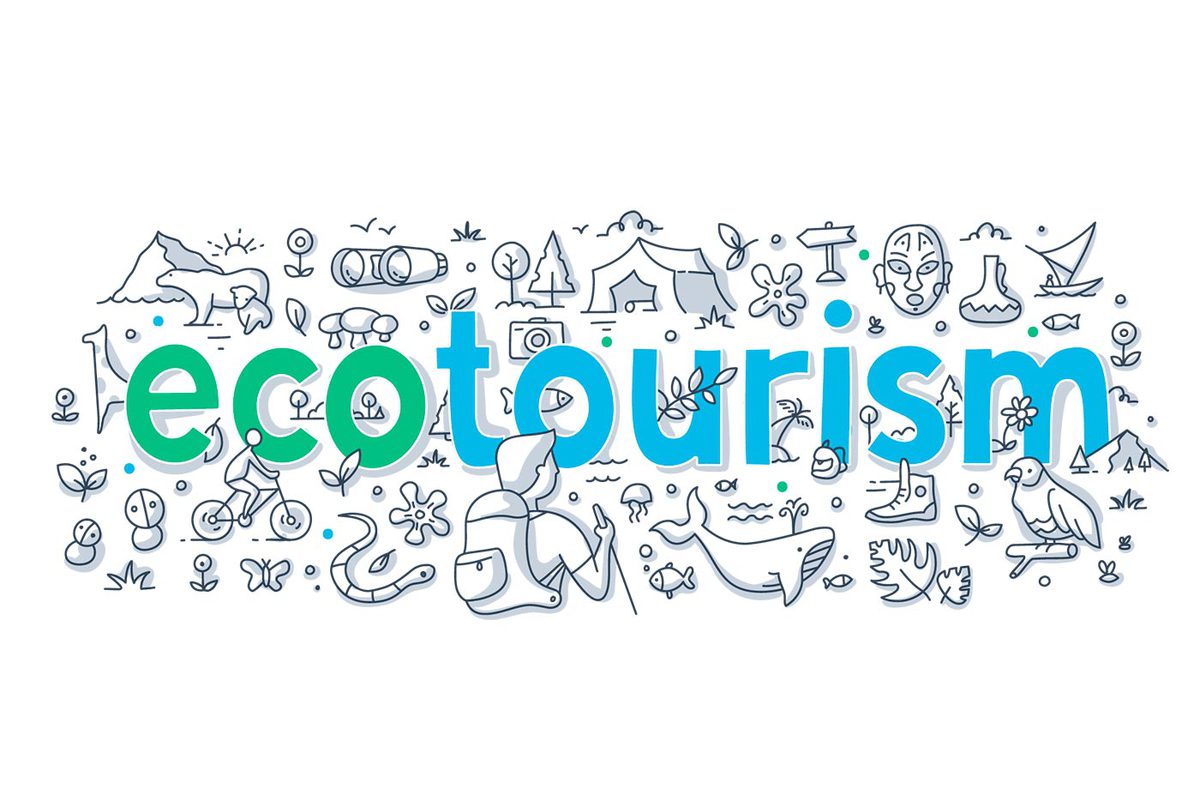
A Scientific Study Reveals the Most Abundant Types of Microplastics in Mediterranean Coastal Waters: Small cylinders and spheres (pellets), polystyrene foams, filaments derived from fishing gear and abundant larger fragments of plastic with varied chemical composition are among the materials found on the Mediterranean coasts.